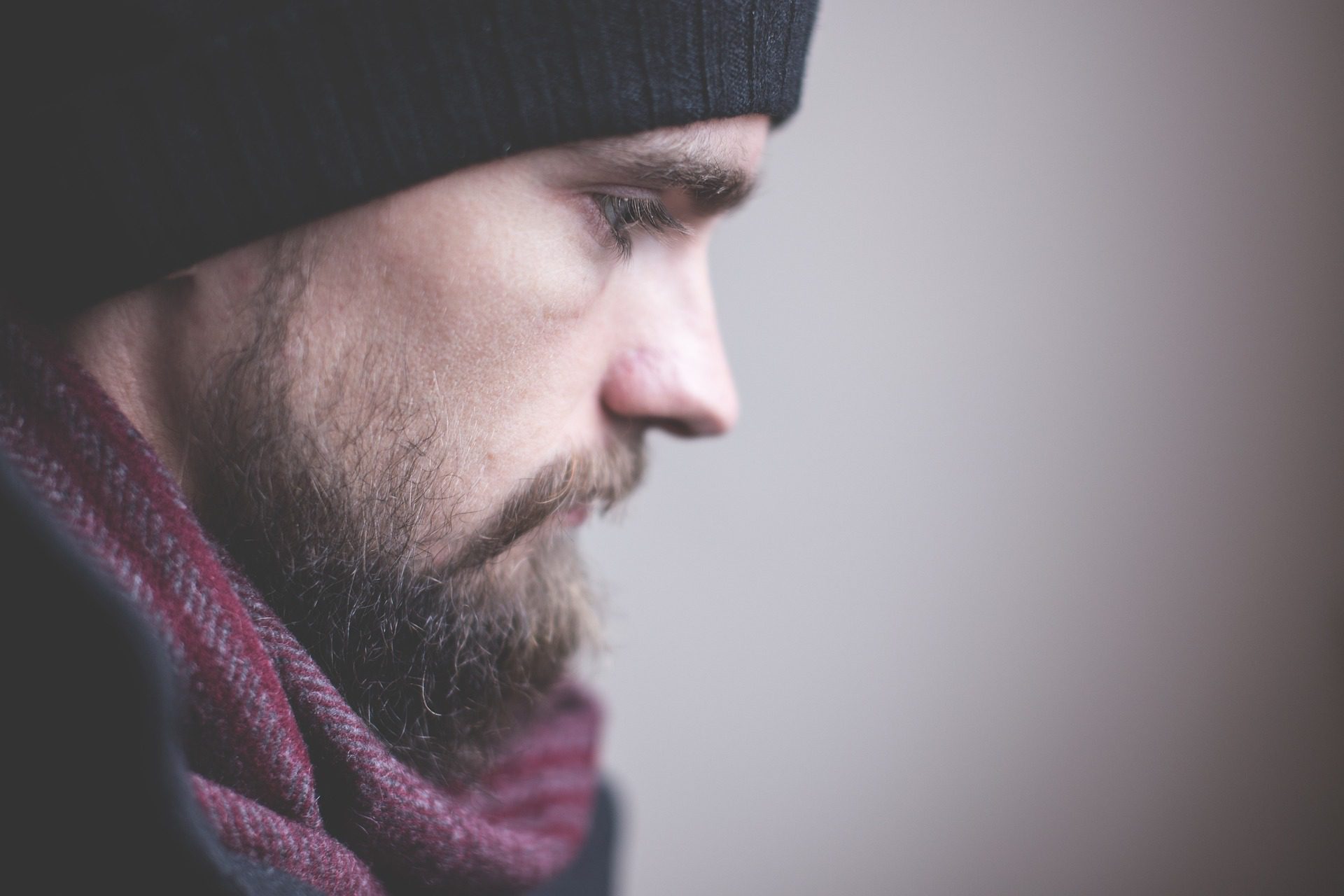
Invisible Men: Male Victims of Sex Trafficking
Men are the most overlooked victims of sex trafficking. The International Labor Organization (ILO) reported that 98 percent of people trafficked for the purpose of sexual exploitation are women, but what about the other two percent? Male survivors of sex trafficking are the silent victims of an already hidden crime. Rarely does the public hear about cases of male sex trafficking and due to feelings of shame or humiliation, victims are unlikely to report the crime. As the number of people forced into human trafficking has increased, so has the number of male victims.
Domestic Male Sex Trafficking Survivors
For male victims of sex trafficking the path to recovery and rehabilitation in the United States is long and full of challenges. Male victims of sex trafficking are less likely to receive support services than female victims. In a recent study of the number of beds in residential treatment centers for domestic victims of sex trafficking only 5 percent of the beds were allocated for men. While this statistic is troubling, it becomes even more dismal when its revealed that until 2014, there was not a single bed available for minor male victims of sex trafficking in the United States. Shared Hope International’s newest report interviewed domestic human trafficking service providers and found that none of the 43 organizations provided services exclusively for male survivors. Lack of residential housing for survivors of human trafficking has been a continual problem for service providers and continues to be a complex issue for the anti-trafficking community.
International Male Sex Trafficking Survivors
Internationally, there has been a greater response to male victims of sex trafficking, especially in Asia and the Middle East where the crime is much more rampant. Service providers in the UAE recently opened the first center for male victims of human trafficking in Abu Dhabi and anti-trafficking organizations focusing solely on men such as Urban Light are common in Southeast Asia. In general, there are more foreign organizations working with male victims of sex trafficking because of the high rates of HIV / AIDS in Asia and the global south. Treatment for HIV / AIDS is often part of the rehabilitation and recovery services offered for male victims of sex trafficking. Even in developed countries, there has been a concern for male victims of sex trafficking. For example, in the United Kingdom there is growing awareness of the number of male victims after a report by the Salvation Army stated that 41 percent of human trafficking victims in the United Kingdom were men. Regardless of location or gender, what it really comes down to is that all victims of sex trafficking need a safe place for recovery and rehabilitation.
